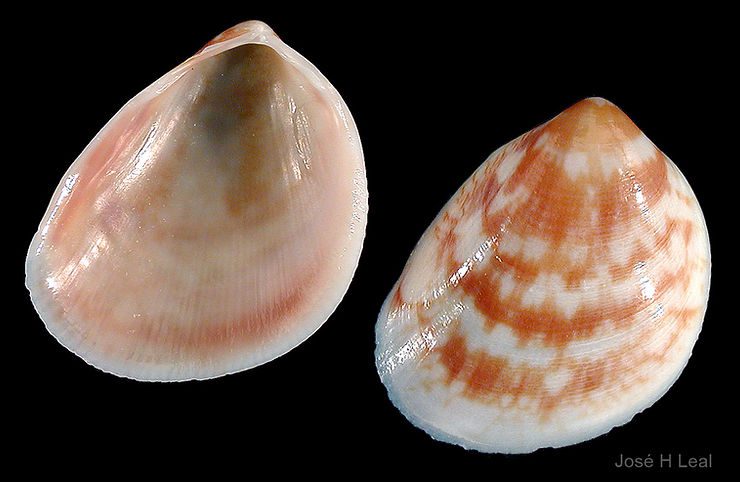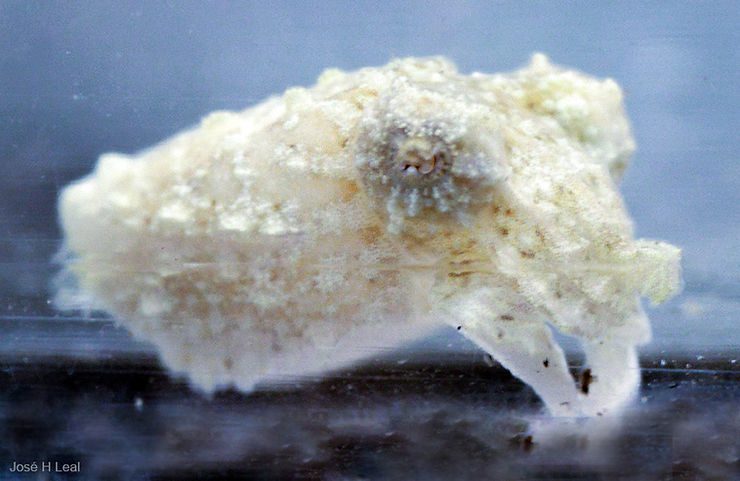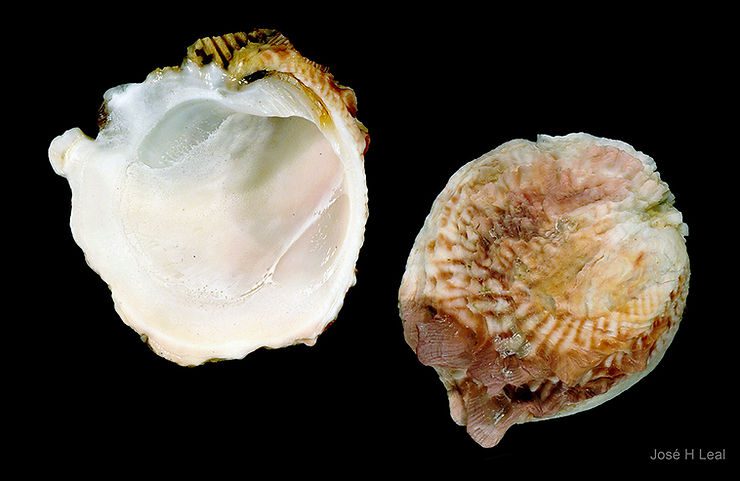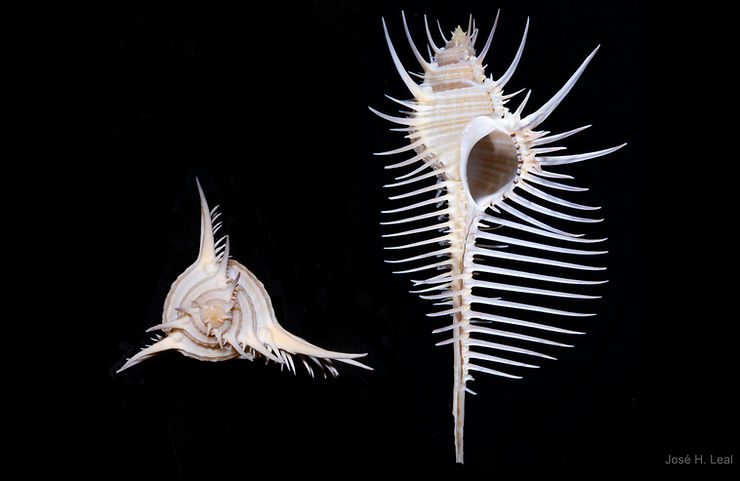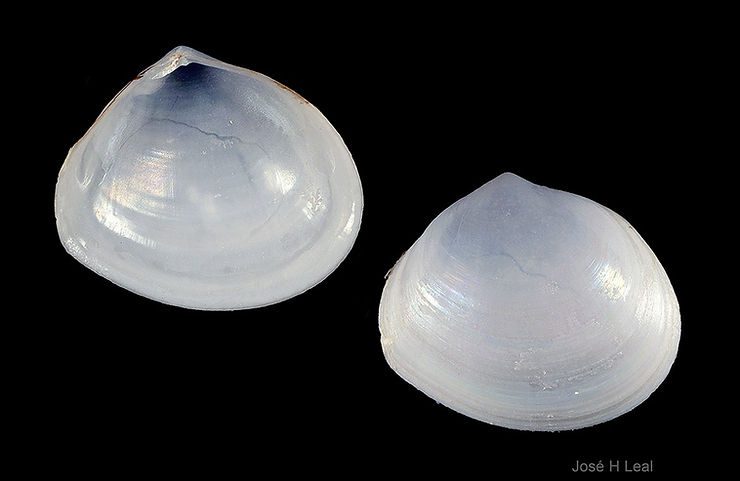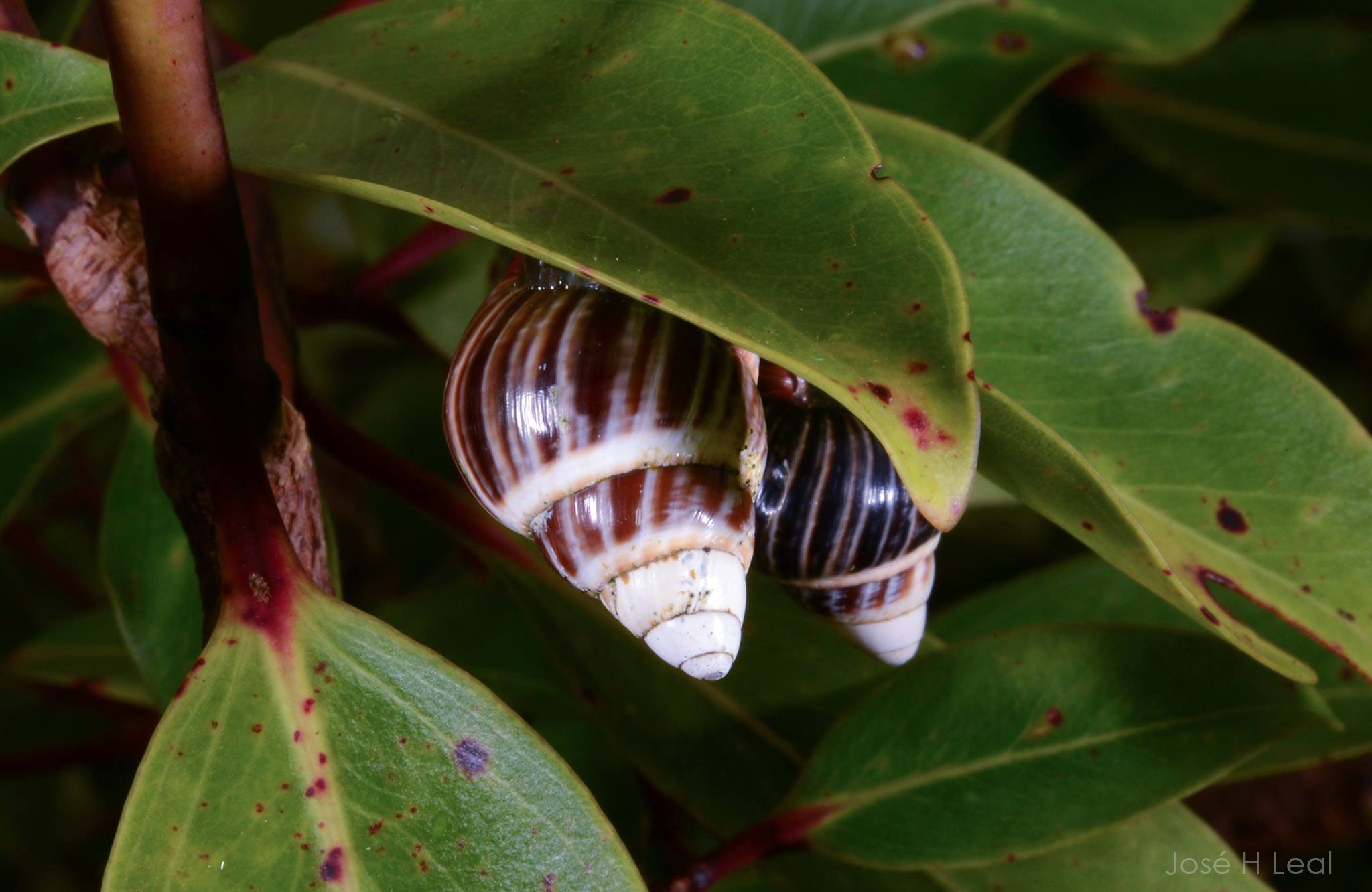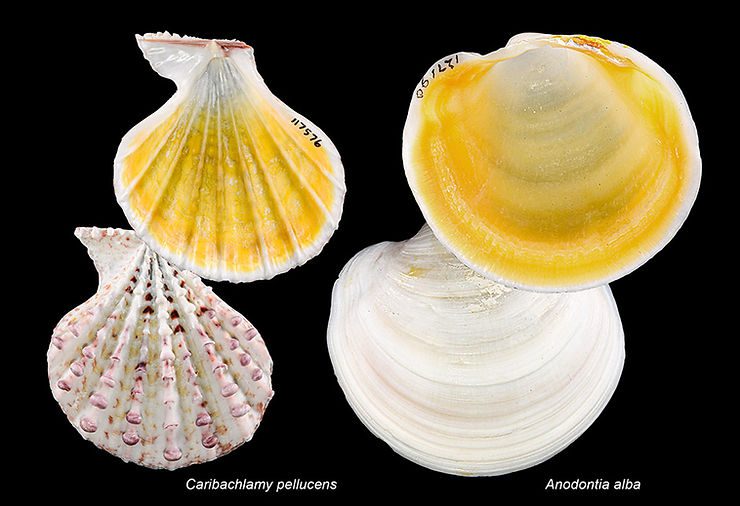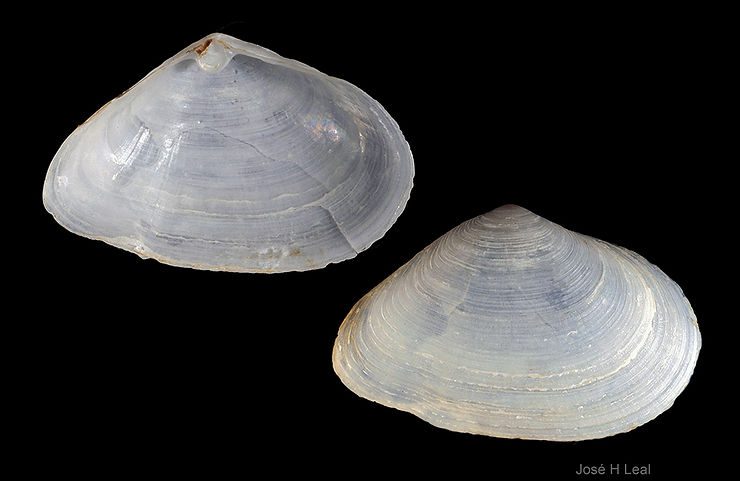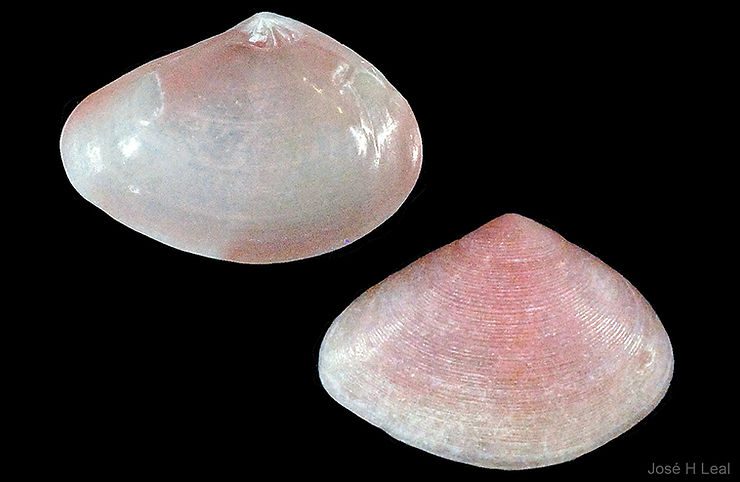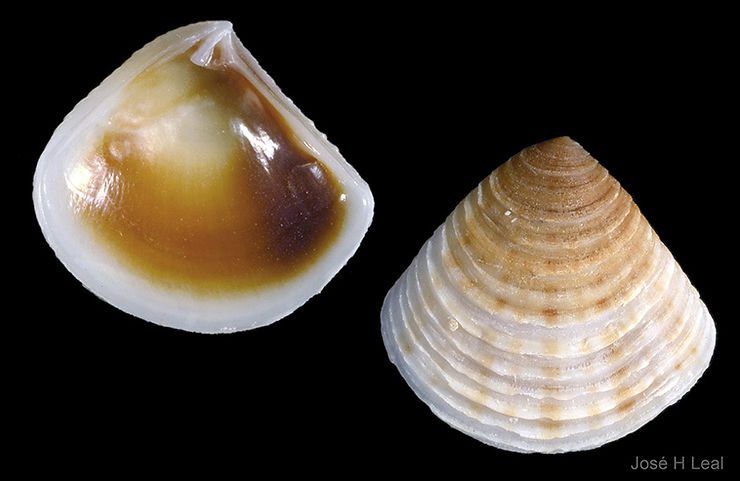
Shell of the Week: The Lunate Crassinella
Giving continuity to our discussions on small local bivalves, I want to introduce one of the most distinctive species in that category: Crassinella lunulata (Conrad, 1834). Measuring at most 8 mm (about 0.32 inch), the Lunate Crassinella has an almost-triangular, flattish shell marked by 15–17 very distinctive, coarse, commarginal (“concentric”) ridges. The shell color shows variations of brownish to reddish-brown spots and rays, and the shell interior is usually brown. #crassinellalunulata #cra
